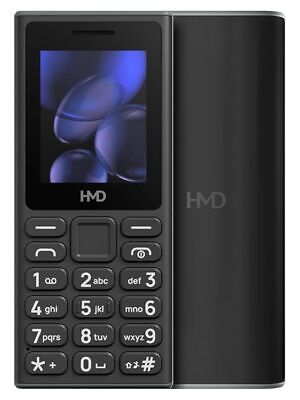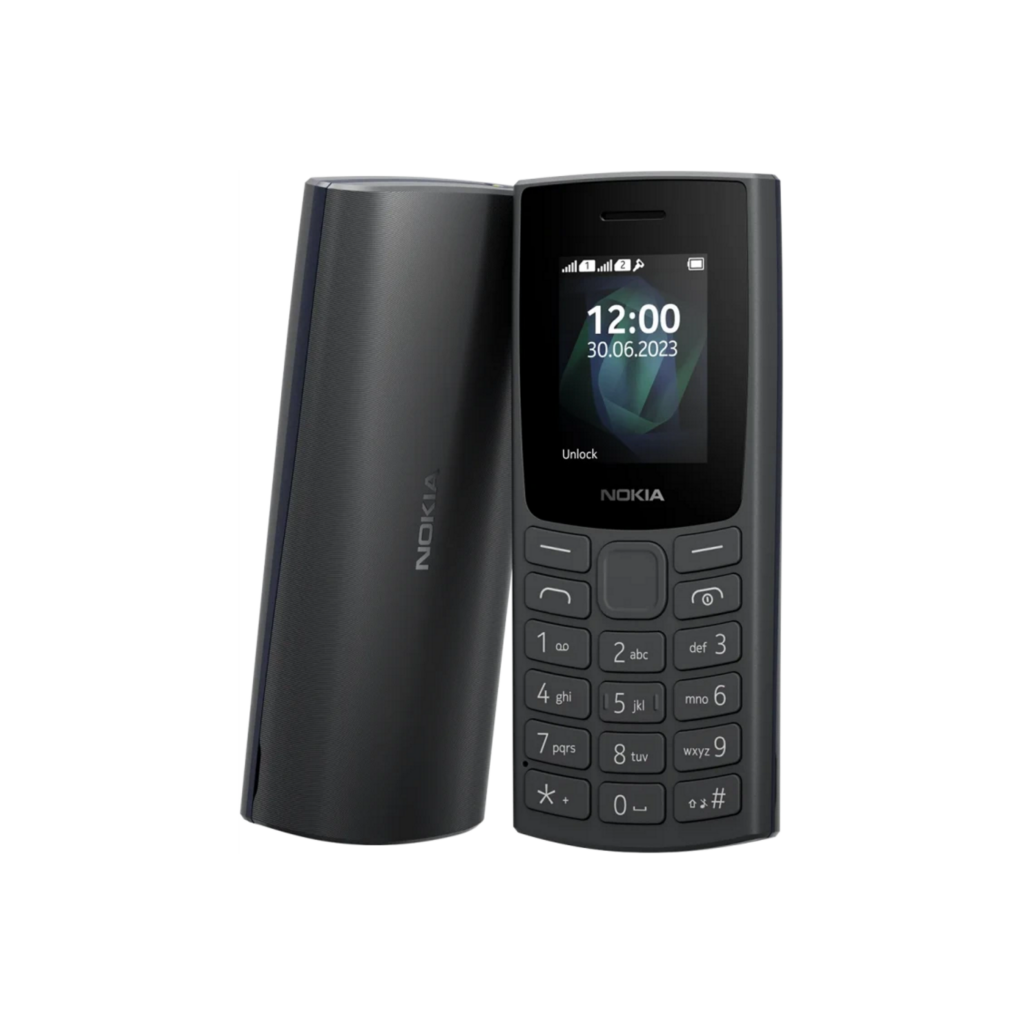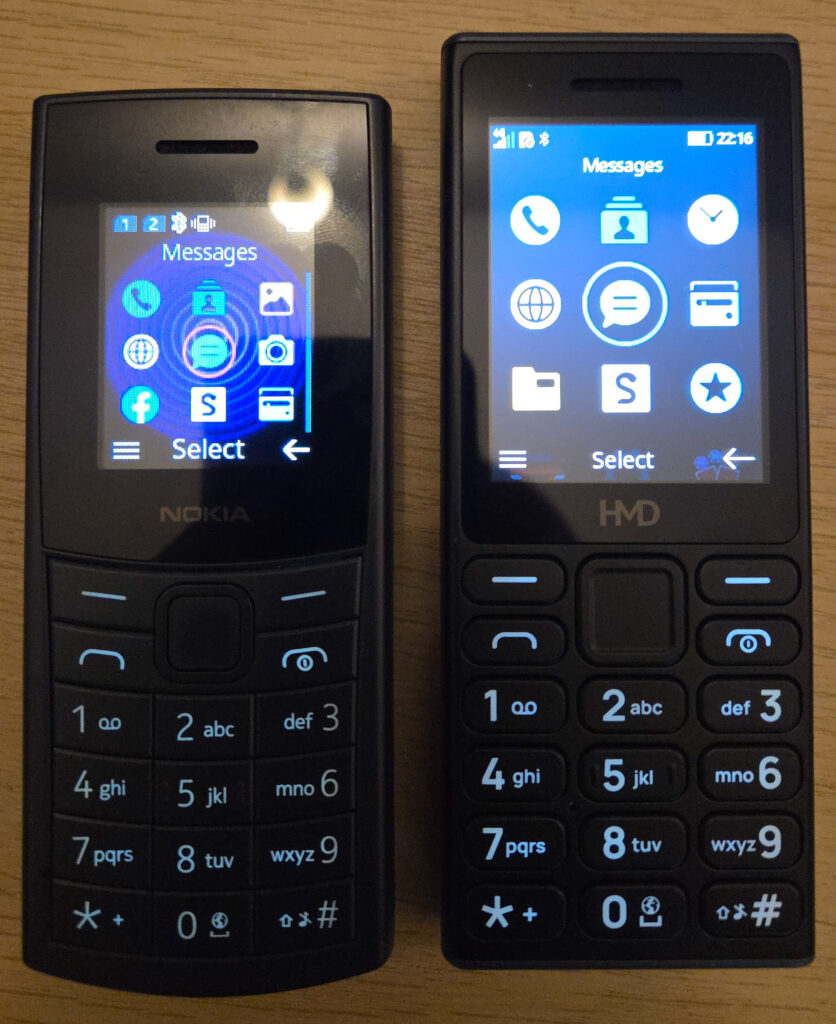I did not expect to find what I was looking for in Apple products. We all hear of the “ecosystem” and the “walled garden”, and tend to mock and jest that the users are stuck in there forever from the other side of the fence.
Certainly that is true for some, and they may want to move away from Apple but cannot because they’ve become too invested in Apple’s products. For myself however I’m currently very happy using these products, and if I were to buy more Apple products it would be precisely because I want more of the same.
As I’ve mentioned before I’ve been feeling fairly burnt out recently when it comes to tech. I’m sick to death of advertising, marketing and telemetry. I no longer want to spend hours of my precious time messing with settings and customising a device to get it how I like it. I don’t want to spend hours poring through files and maintaining my devices. I simply want my tech to work for me, and I want it to do that with the least friction possible. So far that’s exactly what I’ve experienced using my Mac mini and iPhone 16e. There has been no intrusive requests for my data, no bloatware and the entire platform seems to be designed as a functional product rather than a means to gather user data (I’m looking at you Microsoft and Google!).
I made the decision very early on not to go all in on Apple. I’ve opted out of anything to do with iCloud, and I have continued using my cross platform password manager. I still have a gaming PC running Linux, and a Google Pixel Tablet running CalyxOS. My earbuds are from Soundcore and CMF. I wear a mechanical wristwatch. Unlike people I know I’ve only allowed a portion of my tech armoury to be produced by Apple, and I’m happy with that level. There is enough integration to be convenient: I can airdrop files between my phone and PC. I can easily sync my music library, photos and perform device backups. I can send and receive SMS messages on my Mac mini. What I want to make sure of though is that I don’t allow these products to completely take over and become so reliant on them that I couldn’t buy a product from another brand.
I’ve used iOS on and off since the iPhone 5s, so adjusting to the phone was a non issue. I thought I’d miss being able to side load apps, but with my use case for my phone it hasn’t been an issue at all. I just do all those things on my tablet now. The main friction I initially experienced was MacOS.
I’ve been a Windows user since Windows ’95, and a Linux user for at least a decade. MacOS however, I have had no major experience with. At first I felt completely lost, amplified by the fact the last time I actually used a Mac was many OS versions ago. The basics are simple, compared to using a Windows or Linux machine the contrast is striking. App installations are a breeze, just dragging them to the application folder feels like cheating! The system seems to need seemingly no maintenance to run smoothly. With the latest version windows snap to corners, which makes working with a single screen much easier than I remember it used to be. I like that there’s a fully functional terminal, and I’ve already made use of “brew” to install a couple of useful tools.
There are only a couple of things I’ve struggled with: I don’t fully understand how to use Finder. There doesn’t seem to be an easily accessible folder structure, for example if I want the “Pictures” directory, I can’t browse to it. I have to click “go” at the top, into my user area and access through there. It feels like there should be a better way of doing that. Using a normal mouse doesn’t feel great. I’ve not managed to get all of my additional buttons doing what they should, and the scrolling feels horrible. I also have to get used to a whole different set of keyboard shortcuts. Everything that was a “CTRL +” is now the Windows key instead, which isn’t a big problem but it catches me out a lot.
Overall though the more I use it the more I’m enjoying it. I’m slowly managing to accept that I can use a system that I don’t fully understand, most people do that on a daily basis! I will pick up more as I use it but for now I’m able to do everything I need to do on this Mac very easily. I’m no longer wasting time fixing issues, performing updates and trying to find workarounds but instead I’m able to switch on the PC, do whatever it is I need to do and then switch it off. The same goes for the phone. It’s caused me absolutely zero issues. Everything on it works flawlessly, and I have not managed to find a single thing I don’t like about it.
I don’t want to jinx a good thing, but this setup seems to be exactly what I’ve been after for quite a long time now.




